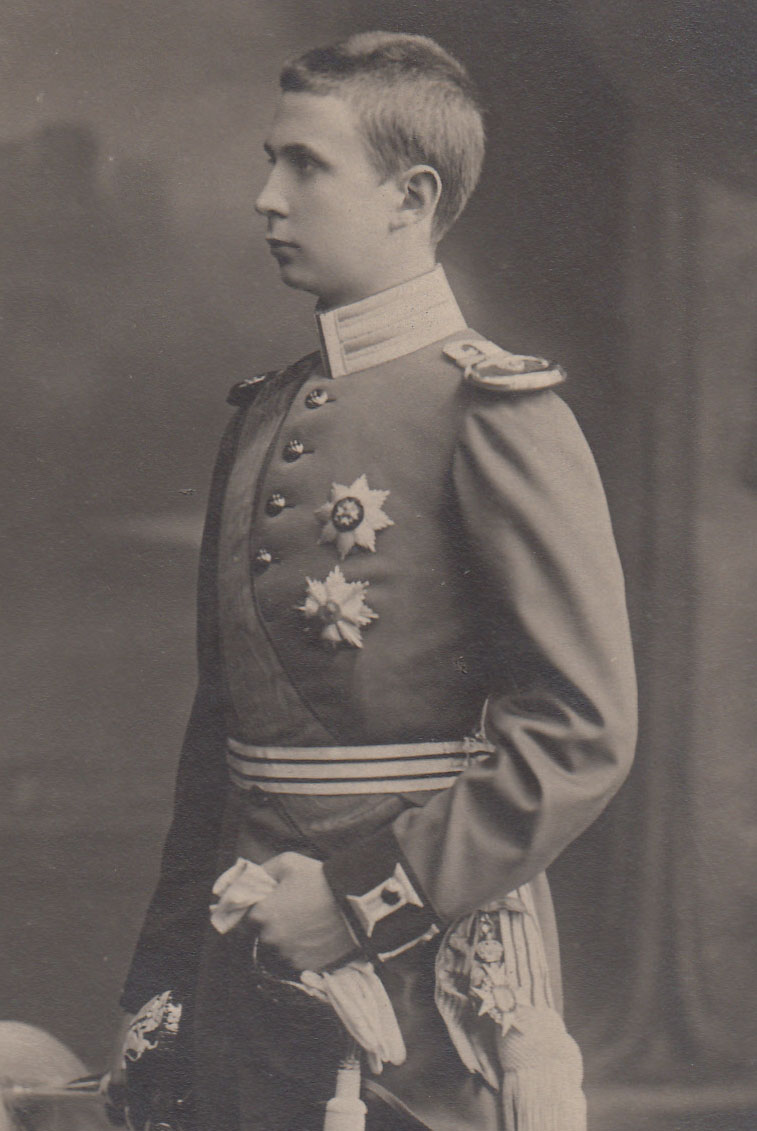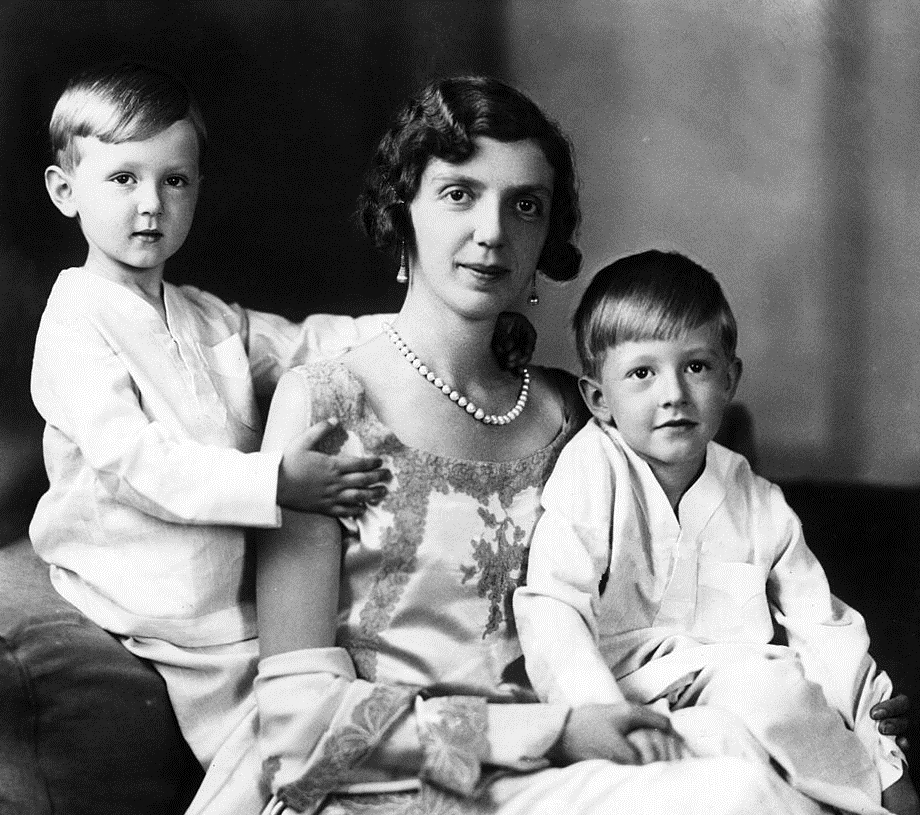by Scott Mehl
© Unofficial Royalty 2021
Philipp Albrecht, Duke of Württemberg was Head of the House of Württemberg, and pretender to the former throne, from 1939 until his death in 1975.

photo: By Atelier E. Breber, Berlin – Original publication: Published as a postcard in Europe.Immediate source: Private Collection – Wartenberg Trust, PD-US, https://en.wikipedia.org/w/index.php?curid=34113255
Prince Georg Philipp Albrecht Carl Maria Joseph Ludwig Lubertus Stanislaus Leopold of Württemberg was born in Stuttgart on November 14, 1893, the eldest son of Albrecht, Duke of Württemberg and Archduchess Margarete Sophie of Austria. He had six younger siblings:
- Duke Albrecht Eugen (1895) – married Princess Nadezhda of Bulgaria, had issue
- Duke Carl Alexander (1896) – unmarried
- Duchess Maria Amalia (1897) – unmarried
- Duchess Maria Theresa (1898) – unmarried
- Duchess Maria Elisabeth (1899) -unmarried
- Duchess Margarita Maria (1902) – unmarried
After attending the Eberhard-Ludwigs-Gymnasium in Stuttgart, Philipp Albrecht began studying law at the University of Tübingen. He left his studies after two semesters to join the Württemberg Army in 1912. He served in the Royal Dragoon Regiment No.25 during World War I, fighting on both the Eastern and Western Fronts. Following the November Revolution in 1918, which saw the end of the monarchy, he retired from military service and returned to his studies in Tübingen, eventually earning his doctorate in 1925.
Philipp Albrecht was married twice. His first wife was Archduchess Helena of Austria, Princess of Tuscany. She was the daughter of Archduke Peter Ferdinand of Austria and Princess Maria Cristina of Bourbon-Two Sicilies. Philipp Albrecht and Helena married in Altshausen on October 24, 1923. Sadly, Helena died just a week after giving birth to their only child:
- Duchess Maria Christina (1924) – married Prince Georg Hartmann of Liechtenstein, had issue
Four years later, on August 1, 1928, Philipp Albrecht married Archduchess Rosa of Austria, Princess of Tuscany. Rosa was the younger sister of his first wife. Together they had six children:
- Duchess Helene (1929) – married Federico Pallavicini, Marchese Pallavicini, had issue
- Duke Ludwig Albrecht (1930) – married (1) Baroness Adelheid von Bodman, had issue; (2) Angelika Kiessig, had issue
- Duchess Elisabeth (1933) – married Prince Antoine of Bourbon-Two Sicilies, had issue
- Duchess Marie Therese (1934) – married Prince Henri d’Orléans, Count of Paris, had issue
- Carl, Duke of Württemberg (1936) – married Princess Diane d’Orléans, had issue
- Duchess Maria Antonia (1937) – unmarried
Despite the monarchy having been abolished, Philipp Albrecht and his family continued to live at the Crown Prince’s Palace in Stuttgart until 1934 when they were forced to leave after he refused to fly the Nazi Flag above his home. They moved to Altshausen, where he became more involved in the family’s business ventures. After his father died in 1939, he became head of the House of Württemberg and pretender to the former throne and took over the management of the family’s estates. Philipp Albrecht remained very highly regarded in Württemberg for the rest of his life, unlike many of his contemporaries in other German monarchies.
Philipp Albrecht, Duke of Württemberg, died in Ravensburg, Germany on April 1, 1975. He is buried in the family crypt in Altshausen, Germany.
* * * * * * * * * *
This article is the intellectual property of Unofficial Royalty and is NOT TO BE COPIED, EDITED, OR POSTED IN ANY FORM ON ANOTHER WEBSITE under any circumstances. It is permissible to use a link that directs to Unofficial Royalty.














